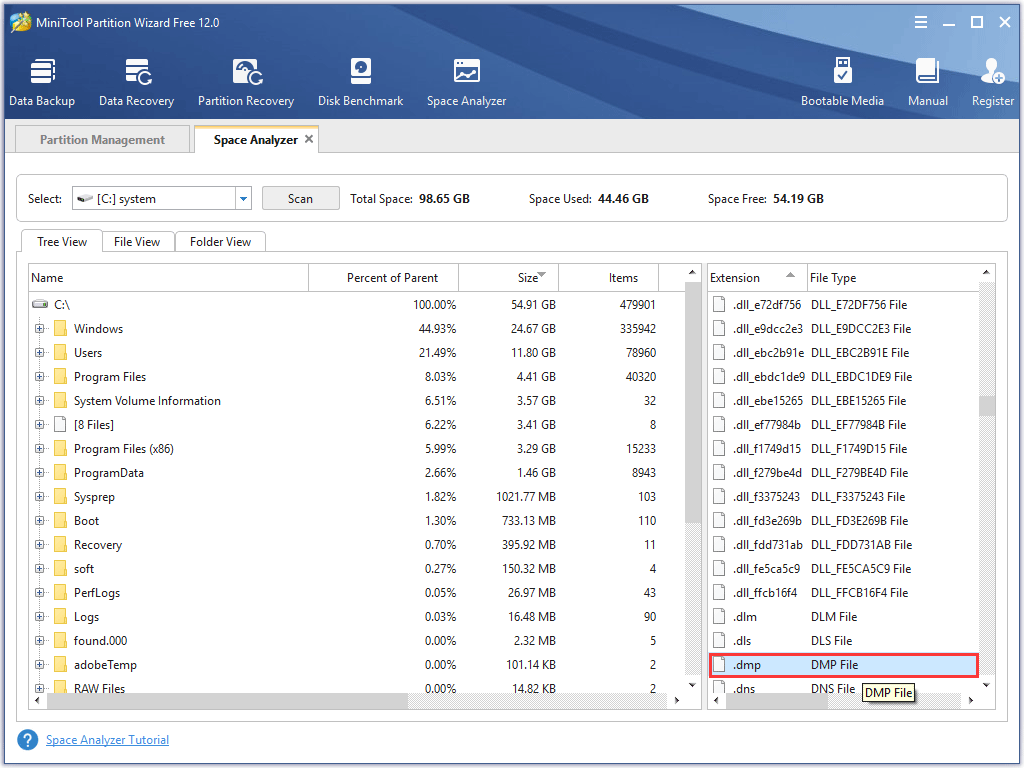
:max_bytes(150000):strip_icc()/002-how-to-delete-system-error-memory-dump-files-4766895-728755a6f3264c33af343ceb634f783f.jpg)


You can use the Windows Settings app to get rid of the system error memory dump files. RELATED: Windows Memory Dumps: What Exactly Are They For? Remove Memory Dumps with Windows Settings Unless you plan on sharing these files with someone or using them yourself to help troubleshoot a system crash or other problem, you can safely delete them to free up space. You can generally find these files in C:WindowsMinidump. There are also smaller minidump files, which are memory dump files that contain fewer details. This file can be up to 800MB in size, and it contains a lot of details that might be useful for a programmer or developer who needs to debug the crash. Windows keeps a maximum of one memory dump file (generally at C:WindowsMEMORY.DMP), which it overwrites every time your system blue-screens. Whenever Windows suffers a Blue Screen of Death (BSOD) error, it generates a crash file or memory dump file containing a lot of information, like the process threads active before the crash, running programs and apps, active drivers, kernel information, and event timestamps. These files take up space on your system’s hard drive or SSD, and you can remove them to free up space. Windows creates memory dump and minidump files when it crashes.


 0 kommentar(er)
0 kommentar(er)
